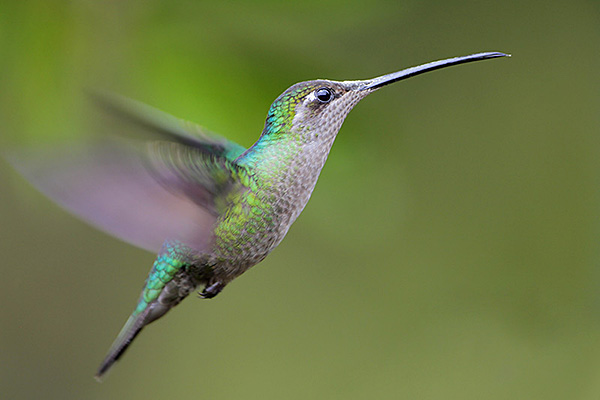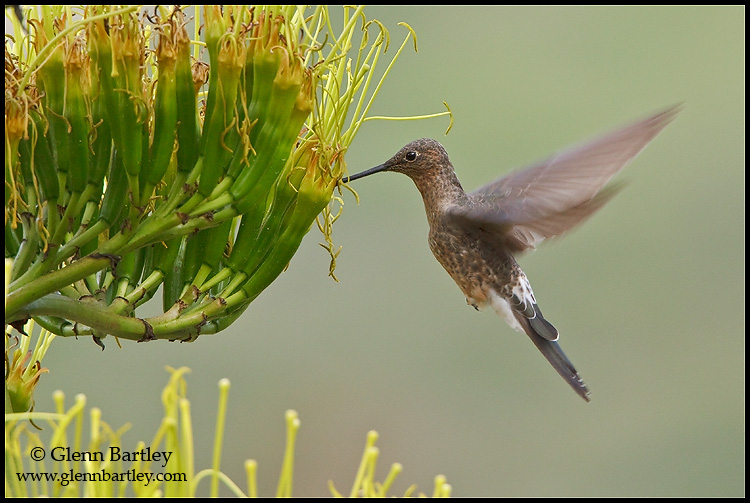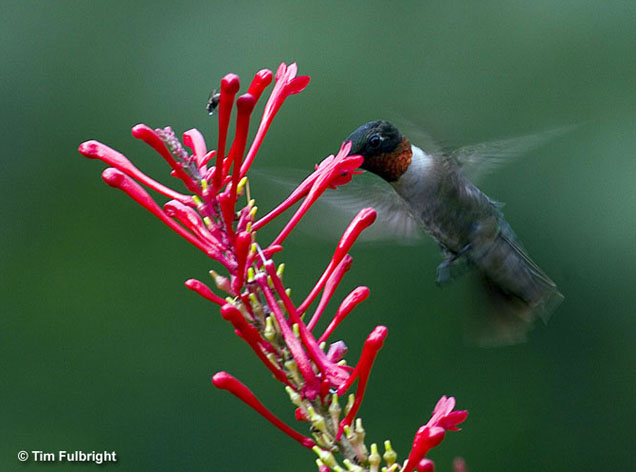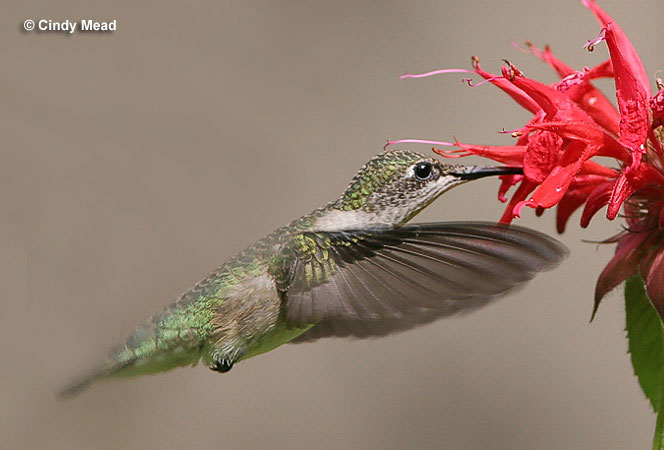
Hummingbirds are ethereal jewels of the avian world, shimmering with iridescence and whirring with the energy of a thousand beating wings. But how fast can a hummingbird fly?
Let’s dive deeper…
When we witness their acrobatic skills and hear the whir of hummingbird wings, we can’t help but wonder about this and other aspects of these exquisite, feathered sprites. One of the largest bird families, more than 360 species of hummingbirds lend a unique, iridescent touch to gardens and other habitats in much of North and South America (from southern Alaska all the way to southern Patagonia).
They range in size from the smallest bird in the world (the 2.3-inch Bee Hummingbird of Cuba), to the swallow-sized Giant Hummingbird of the Andean Mountains. However, most species are around three to four inches in length.
No matter where they show their shining colors, these special little birds are truly living in the fast lane.

In flight, hummingbird wings become an impressive blur, and they rarely sit still for long. Given their near constant movement and fast wing beats, it’s not surprising that hummingbirds require and burn a lot of energy; they need to eat about half their weight in nectar and small insects every single day.
To make it through the night, most hummingbird species also reduce energy needs by entering a resting state known as “torpor” where they essentially hibernate until the early morning.
Hummingbird Wing Speed
Although all hummingbirds can (and do) move their wings very fast, some do so quicker than others.
In general, the smaller the hummingbird, the quicker the wing beats.
For example, while the hefty Giant Hummingbird only beats its wings twelve times per second, the much smaller and well-known Ruby-throated Hummingbird beats its little wings more than 50 times a second. Those are some quick wing beats but the Bee Hummingbird and other tiny hummingbirds known as “woodstars” kick velocity up a notch by beating their wings an incredible 80 times a second (!).

Giant Hummingbird (Patagona gigas) feeding at a flowering plant near Quito in the highlands of central Ecuador.
The impressive speed of hummingbird wings is an essential adaption that allows them to carefully hover in place while they take nectar, and do quick, precision flying to snatch small insects from the air and from spider webs.
Their fast moves also help them defend territories from other hummingbirds and impress females. Some hummingbirds also take advantage of their quick wing beats to migrate long distances.
Related: Fun facts about hummingbirds
Incredibly, the familiar Ruby-throated Hummingbirds of eastern North America flies from breeding grounds to southern Mexico and Central America in the fall and then back again in the spring with a fair percentage of those birds flying nonstop over the waters of the Gulf of Mexico.
As long as that trip is, the Rufous Hummingbird migrates even further. This little feathered champion can migrate up to 3,000 miles from the coniferous forests of southern Alaska all the way to tropical habitats in southern Mexico.
How Fast do Hummingbirds Fly?
Hummingbirds don’t just have quick wing beats, they also fly very fast.
On average, most species can move from one flowering bush to the next at 30 to 40 miles per hour, and during courtship displays, some species can attain truly incredible speeds.
One such speed champion is the Anna’s Hummingbird, a common species of gardens from Washington state to California and southern Arizona. To impress females, male Anna’s Hummingbirds do a speed dive that reaches a velocity of 90 feet per second. That’s not just fast; when the size of the bird is taken into account, this is actually the highest speed documented for a vertebrate (!).

Fun Fact: When it pulls out of the dive, the G-forces generated would be more than enough to cause any person to lose consciousness, even the most experienced of jet fighter pilots.
Hummingbirds are able to fly at such high speeds relative to their size because they are much smaller, and thus weigh far less than, other birds, and have extremely high and efficient metabolism. They also have specialized muscles and wings aerodynamically structured for rapid flapping and immediate, quick flight.
The Science Behind Hummingbird Speed
In addition to having a highly aerodynamic shape that reduces drag, hummingbirds are able to fly at high rates of speed because their wings and other aspects of their body are very much adapted for this purpose.
Related: Which birds are the fastest?
Whereas most birds have muscles that help flap their wings downward, hummingbirds also have stronger and much more specialized and efficient muscles that help them flap upwards. It’s like having two powerful and efficient motors to move wings back and forth at high rates of movement instead of one basic, slow going motor.

Hummingbird wings also have long primary feathers and a skeletal structure make it possible for the bird to easily hover in place, zip from one flower to the next, chase off other hummingbirds competing for the same food source, and fly straight up, down, or even backwards.
To help power their wings, hummingbirds also have large, strong hearts that can beat more than 1,000 times a minute, and an extreme metabolic rate that requires a high sugar diet and feeding every ten to fifteen minutes.
Read next: Fun Facts and Statistics About Birds

